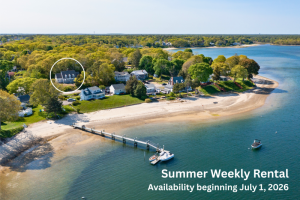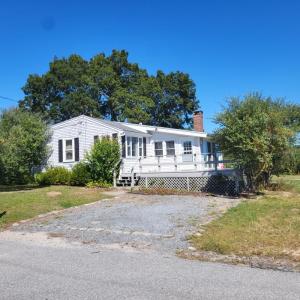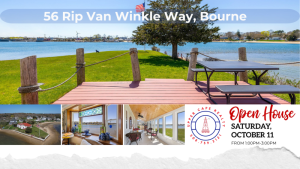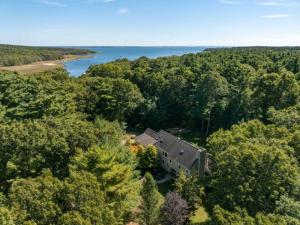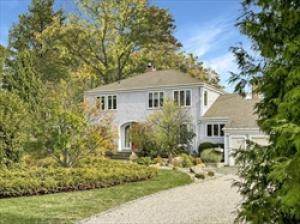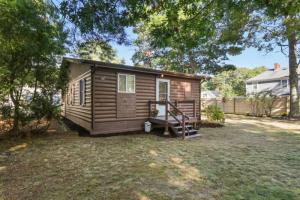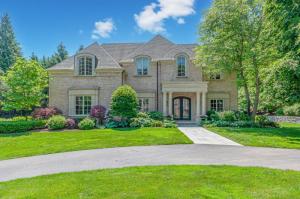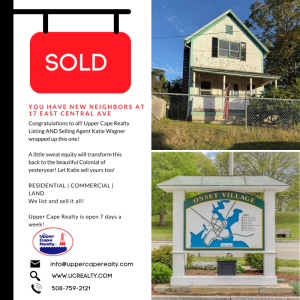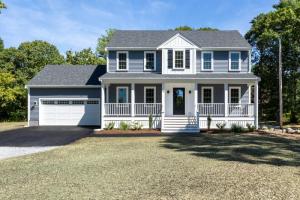Town Meeting voters approve ‘Green’ bylaws, accessory structures
Story Location
United States
ROCHESTER — Following vigorous debate, Town Meeting Monday agreed to bylaw changes that will restrict the construction of sheds and other “accessory structures” and, separately, meet some state requirements for designation as a "Green Community."
The accessory structure changes — allowing an “intermediate farm structure” — prompted the most debate. A “yes” vote came only after voters amended the proposal to remove a restriction on small sheds.
The measure was brought before Town Meeting by the Planning Board in an effort to clarify accessory structure restrictions.
Prior to the proposal, there was a gap between a major farm structure and a minor farm structure based on the size of the structure in question. Major farm structures are often around 1,000 square feet, while minor farm structures are around 250 square feet, with little regulation for structures in between those sizes. The changes primarily fill in that gap and provide another option for residents, while also limiting residents to two sheds under 150 square feet.
Rochester residents expressed concerns that the changes would infringe on their right to build the appropriate structures to suit their land.
Susan Teal suggested that residents should not be limited to two structures of that size, adding that there are a variety of uses for sheds of that size.
Teal proposed allotting a certain number of sheds by the acreage of a property rather than assigning an arbitrary number.
“I don’t know how you figure out what to do when many of us here in town own more than a two acre lot and we’d be limited to two sheds and we’d have to go for a variance to build a chicken coop,” she said.
The crowd applauded her comment, which prompted Planning Board Chair Arnold Johnson to propose an amendment to the article removing the limitation from the warrant.
After a few more comments for clarification, residents approved the bylaw changes as amended during the meeting.
Rochester voters also approved three items related to Rochester’s potential “Green Community” status, a designation from the state’s 2008 Green Communities Act.
The label would provide the town access to grant opportunities and technical assistance from the state’s Department of Energy Resources to help reduce energy usage and cost. The three bylaw changes required approval to receive the designation.
One change designated a one acre section of land at the High Street landfill as a “by-right zone” for a solar energy array installation district. The zone eliminates the need for a special-use permit from the town.
However, any solar projects would still need Planning Board approval, which including the notification of neighbors. According to Johnson, there are no projects slated for that site at this time.
Of concern to voters was how developers would construct a solar array on top of the landfill without puncturing the “cap” which seals the ground. The town’s attorney Blair Bailey said that solar panels could be built atop concrete blocks to avoid damaging the cap.
Voters also approved a change related to creating an overlay district in the industrial zone for renewable and alternative energy research or manufacturing.
Under the potential types of renewable energy permitted in the district, the only one excluded was wind power. Officials said they did not want a business building a windmill on the site for testing.
The Stretch Energy Code, a set of building requirements aimed at lowering energy costs in new construction, was also approved Monday night.
Under the code, new buildings would need to have certain energy efficiency features. While building costs may be higher under the code, officials said homeowners could have lower energy bills and be eligible for future rebates.
Planning Board Clerk Ben Bailey gave an impassioned speech in opposition of the Stretch Code and the Green Community program as a whole. Bailey suggested that the program is an unnecessary tax on the people and that the benefits would be limited.
“I want to fight back, and I want to stop it,” said Bailey. “This is the third leg, if you kick this leg out from under the stool we don’t become a green energy town and I don’t think we should.”
Board of Selectmen Chair Greenwood Hartley, said that towns around Rochester are already benefiting from the program.
“Here’s quite a bit of money that we’d like to get into our town that won’t come out of your real estate tax bill,” he said. “It will go into the town coffers to use to improve the things you own already.”
Voters ultimately adopted the Stretch Energy Code. According to Hartley, Rochester could become a Green Community by next year if the remaining requirements are met.



















